Nigel Cheney is an English textile artist who has lived and worked in Dublin, Ireland for over 20 years. Textile Surface Manipulation , 2013, published by Bloomsbury press and co-written with Dr. Helen McAllister is a recognized essential in textile education.
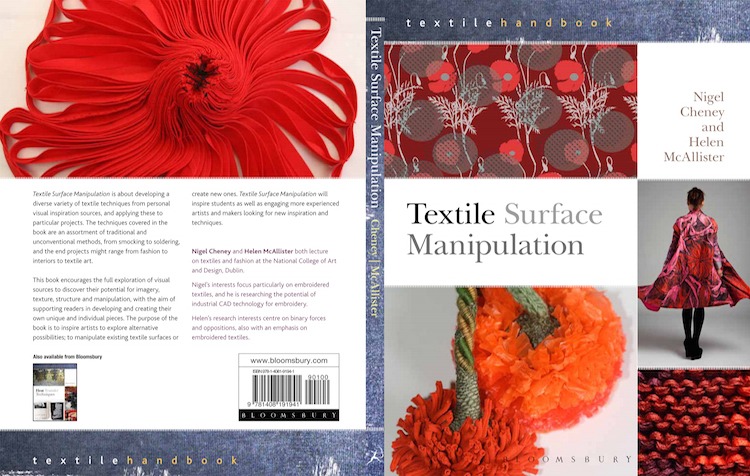
His creative practice revolves around the act of drawing, painting and the production of stitched textiles that have an application for fashion, interiors, commission and gallery work. His background in textiles has led him to a fascination with colour, surface and mark making. Textile works range form monumental to small scale, but all express a love of narrative, imagery, surface and colour.
Natural forms such as birds, flowers and animals are studied in great depth, while his paintings explore the contrast between loose gestural grounds and detailed imagery. Enjoying a full palette of textile processes including digital printing, hand and machine embroidery his work often explores ambiguous territories where childlike phrases and idioms are often reinterpreted and juxtaposed to create new images. Recent works have developed from a fascination with material memory and unravelling various archives.
In this interview, which is part of our From conception to creation series, Nigel discusses “Coat for the Lethbridge Sisters”, a piece produced between July and October 2015. It represents 80 hours of hand and free machine embroidery to produce a one- off silk coat.
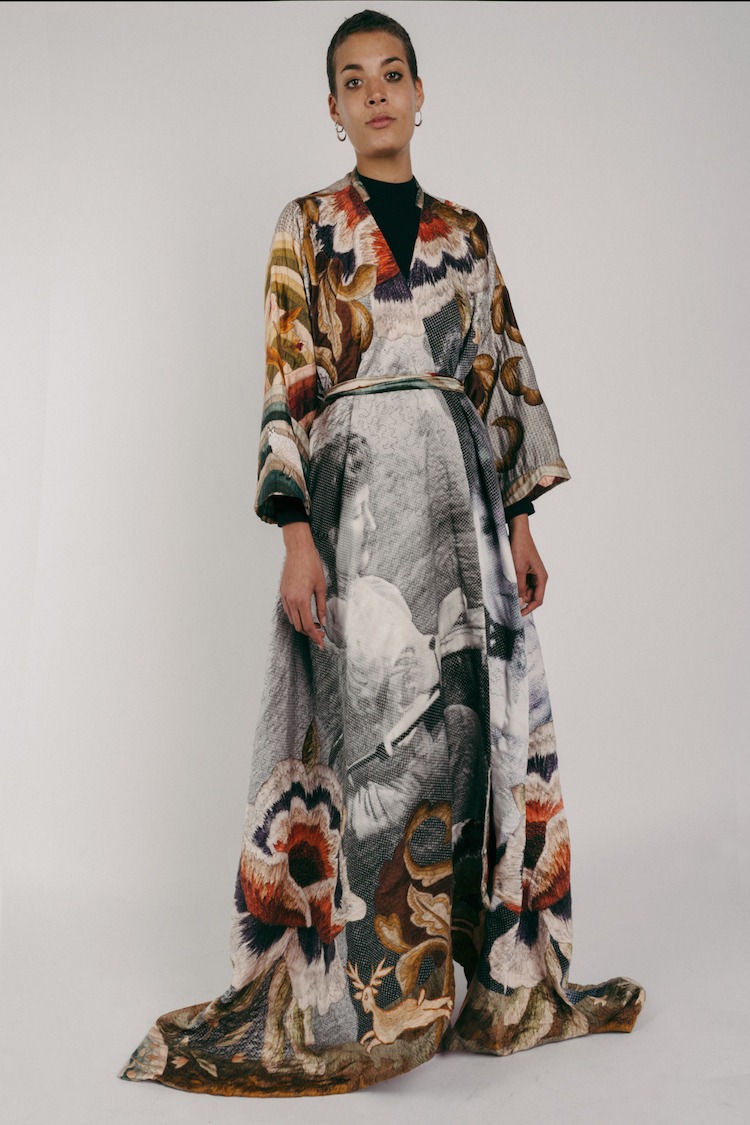
Name of piece: Coat for the Lethbridge Sisters
Year of piece: 2015
Size of piece: 4m x 1.25m
Materials used: Digitally printed silk satin crepe – printed at CAT Digital Glasgow, polyester taffeta lining, cotton muslin for differential shrinkage layer. Hand and machine thread in cotton.
Techniques/methods used: Digital print, hand embroidery, machine embroidery, and differential shrinkage
The Lethbridge legacy
TextileArtist.org: How did the idea for the piece come about? What was your inspiration?
Nigel Cheney: Dr. Lynn Hulse and Caroline McNamara from Red Strand Design contacted me and Helen McAllister in NCAD in regards to a book that Lynn was researching and writing, and a possible student project.
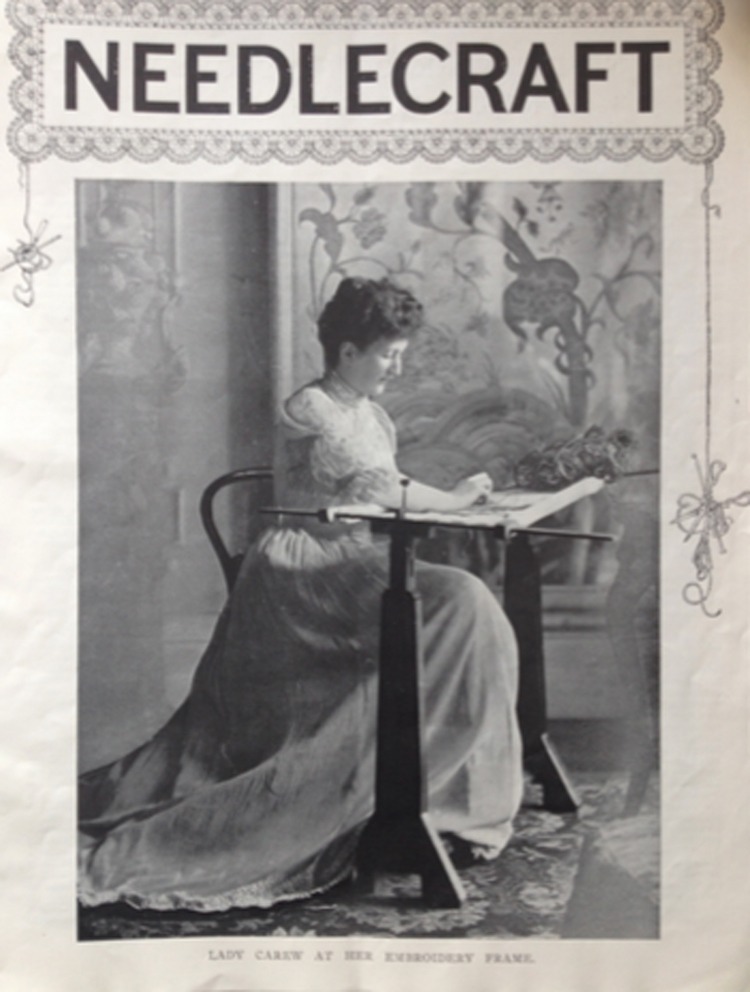
‘Passion and Legacy: The legacy of the Irish Arts and Crafts Movement with particular reference to the work of the Lethbridge Sisters (Julia Baroness Carew (1863-1922) and Lady Jane Cory (1865-1947)): a source of inspiration for design in the 21st century’
The Sisters trained at the Royal School of Needlework in London, and are renowned for the quality and scale of the embroideries they produced for their Irish and London homes. Of their work, a neighbour, Edward Richards-Orpen, recalled,
‘To see them bending over their remarkable tapestry work was clearly pre-Raphaelite at best; the astonishing industries of [the Sisters] has to be seen to be believed.’
A large proportion of the work produced by the Lethbridge Sisters was made for Lady Carew’s ancestral home at Castleboro, Co. Wexford, Ireland. Extant embroideries include 22 ‘tree-of-life’ hangings designed by Nellie Whichelo, Head of Studio at the Royal School of Art Needlework, for Lady Carew and 9 figurative hangings worked by Lady Cory after designs and paintings by Edward Burne-Jones, Alexander Fisher, Nellie Whichelo, Henry Holiday and the Renaissance artist Albertinelli. Lynn Hulse is currently completing a book on the work of Lady Julia Carew and Lady Jane Cory, entitled Decorating the Anglo-Irish Interior, c. 1899-1922: the Embroidered Furnishings of the Lethbridge Sisters, which will be published in 2016
In addition to student projects in colleges throughout Ireland several makers and artists were invited to respond to the work of the Sisters. I was one of these. I instantly imagined making a coat similar to the one set out in our book ‘Textile Surface Manipulations’.
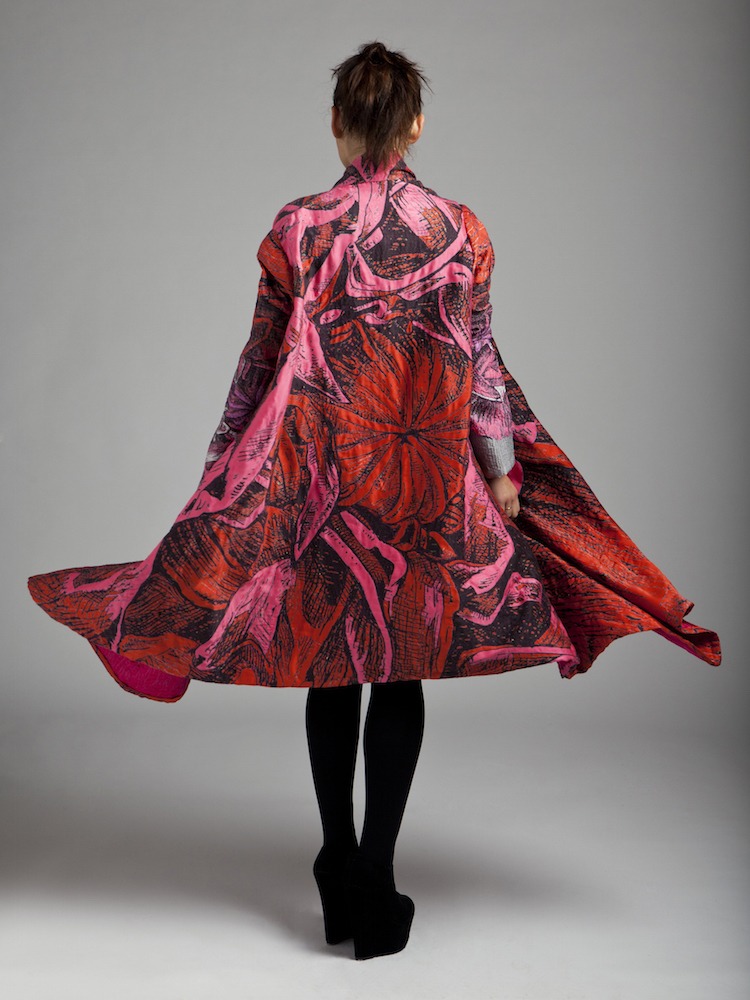
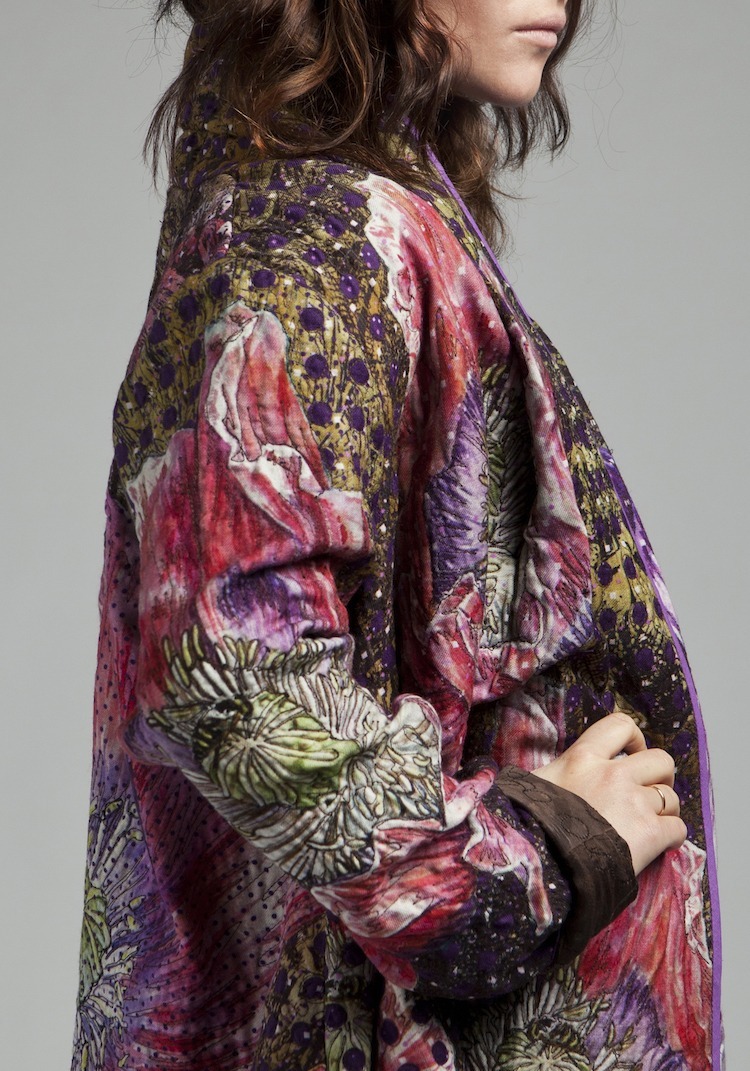
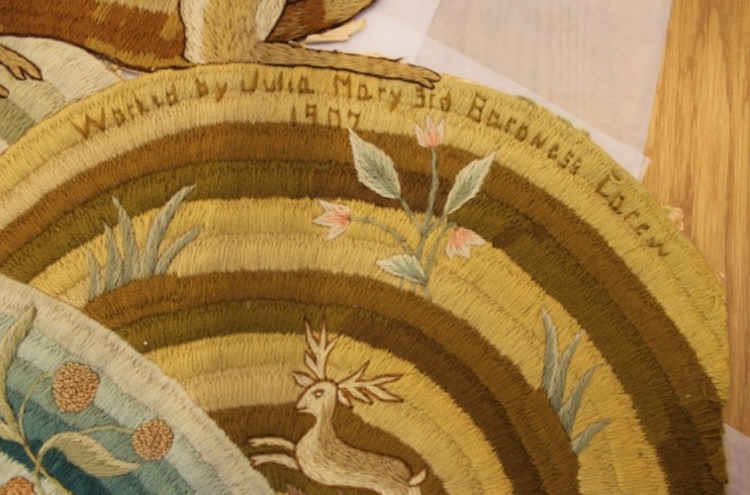
An irresistible challenge
What research did you do before you started to make?
Red Strand had organized a visit to Girton College Cambridge (you can see the reception room with the embroideries on their website) to view the tree of Life panels and to hear a lecture by Lynn Hulse. It wasn’t until I saw the work in the flesh and Lynn brought them to life so eloquently that I was really excited about making this piece of work. It just so happened that I was back in England that day and, as I don’t drive, my tireless relatives were coaxed into the treat of a pub lunch in Cambridge if they gave me a lift! I am so glad I went, as the impact of the embroideries in the room was tremendous. However, it was Lynn’s lecture that brought the two Sisters to life.
Like the best episode of Downton Abbey never made, their real story of the Anglo-Irish was fascinating. Filled with intrigue and speculation it gave the embroideries themselves a different perspective. For me, it was an irresistible challenge. I had to make something ridiculously grand; luxurious and overly long. It is impossible to walk in the coat as the front panels trail along the floor. The 80 hours of hand and machine embroidery were a reflection on the discipline and indefatigability of the older Sister who reportedly sewed 5 hours every day. The younger with her time off for ‘piano playing’ left me cold. I was a fan of Lady Julia, not Lady Jane!
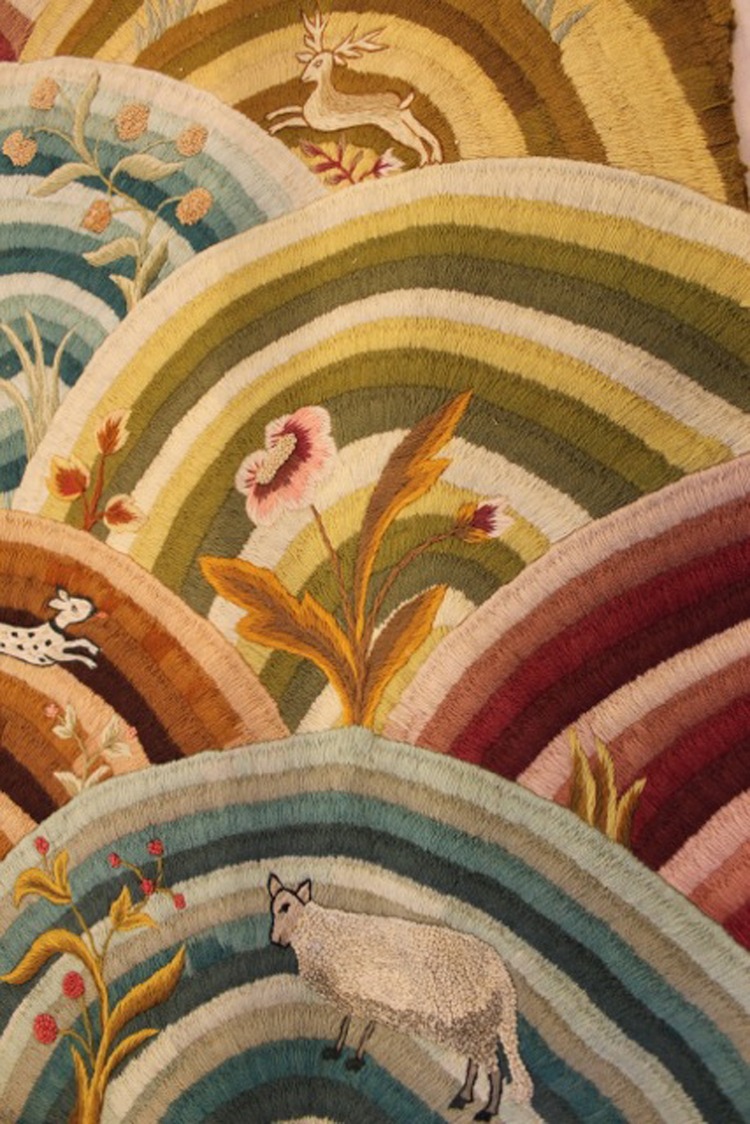
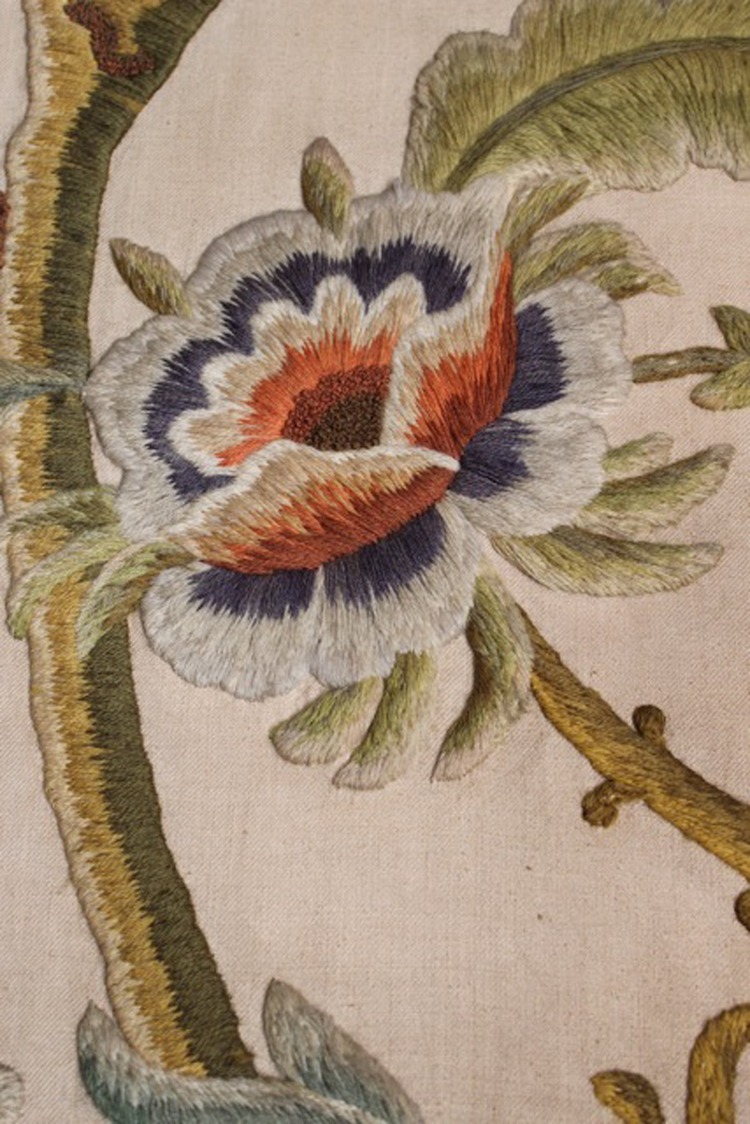
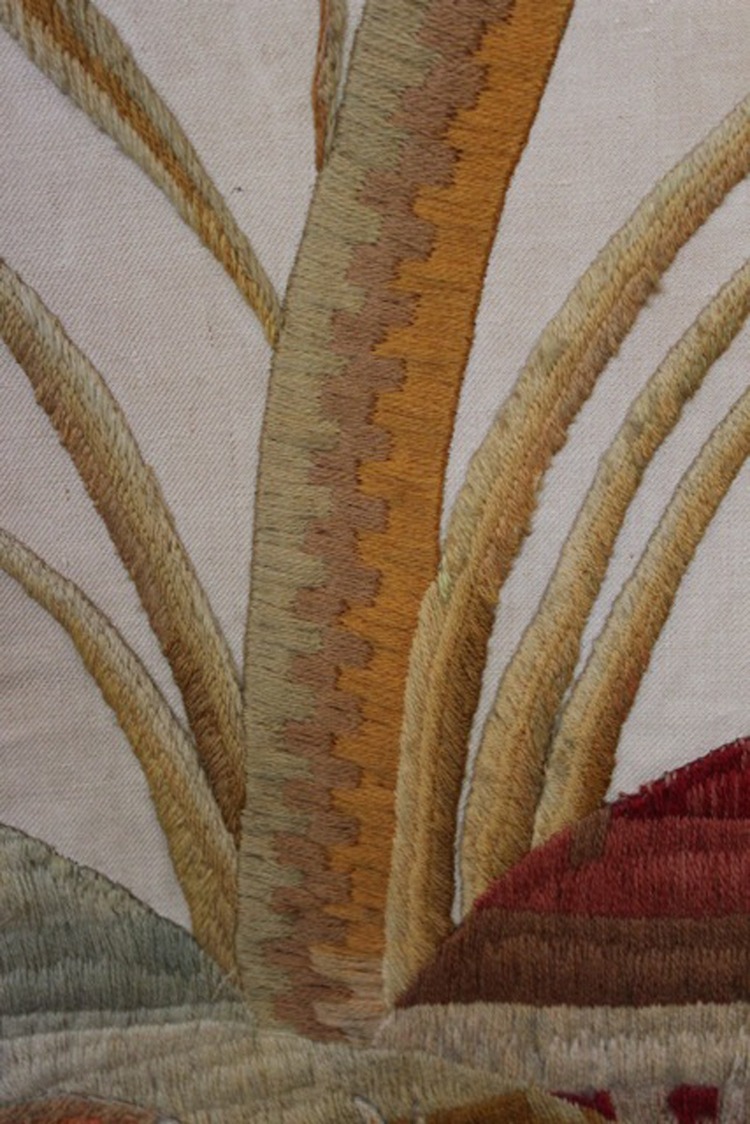
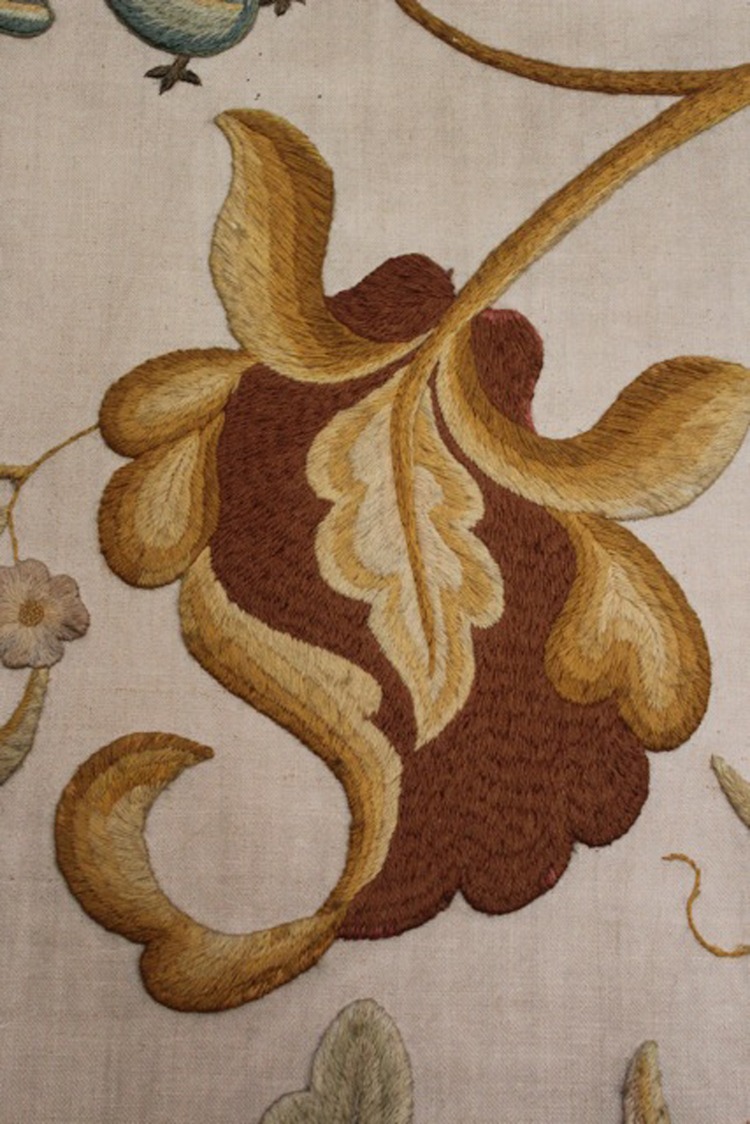
I begged Lynn for images of the work as we weren’t permitted to photograph it. She supplied half a dozen, not maybe images I would have chosen but perfectly useful. After all, the challenge was to respond to an archive. I then set about sketching a King Charles spaniel. There is a photo of the younger sister Jane clutching this dog like an overstuffed teddy bear.
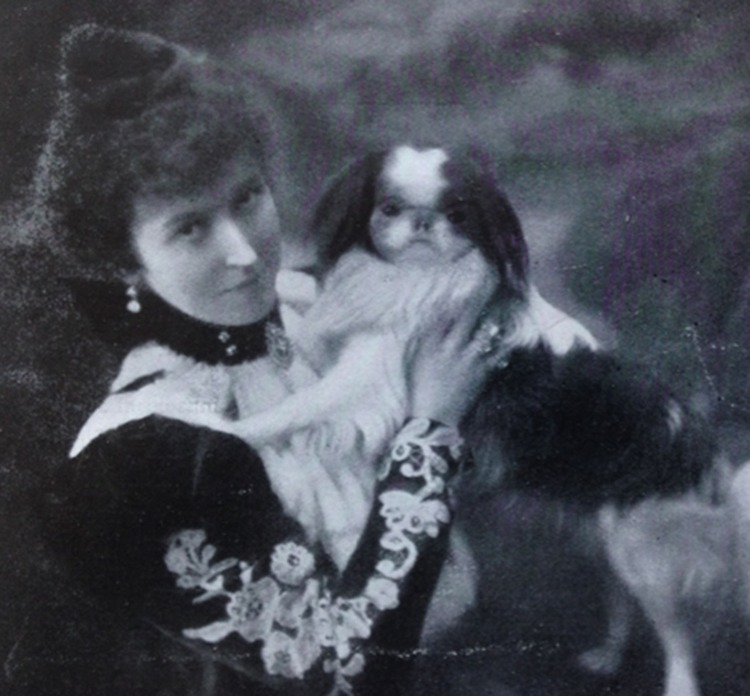
I had to find an image to immortalise their ‘Poppy’. In my narrative, they cloned this poor dog, always with a fresh one at hand to star in the embroideries or ready to pose for a photograph such as the one I of the younger sister Jane practically choking this lapdog.
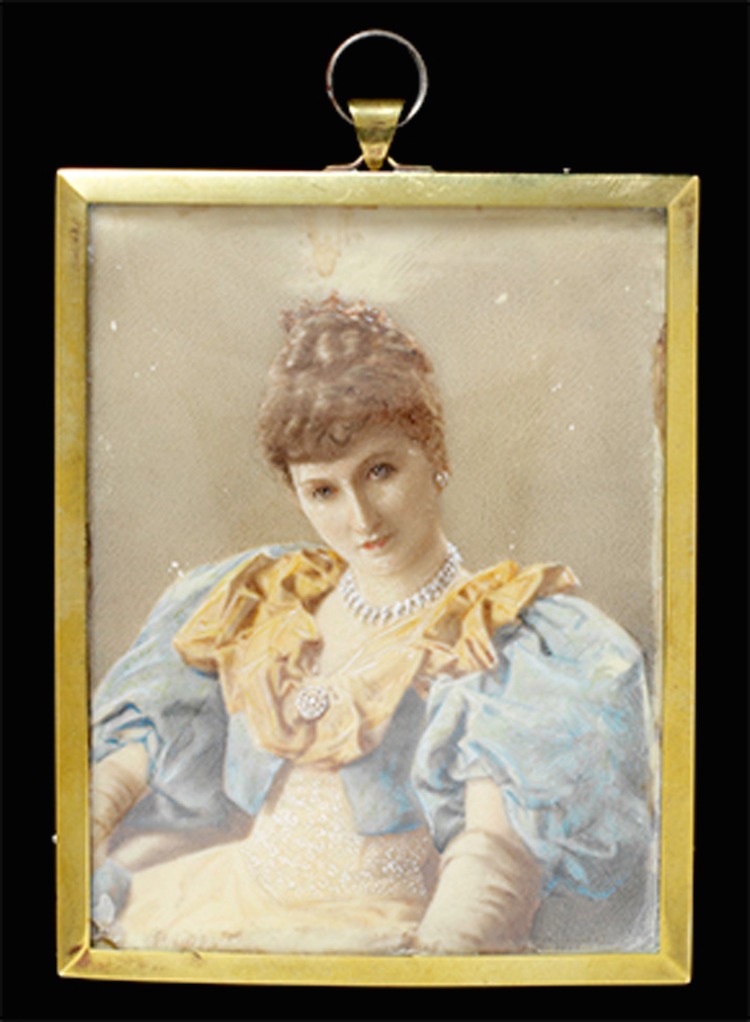
Virtual decoupage
Was there any other preparatory work?
I didn’t do this project properly. I just didn’t have time. No toil with pinned on motifs, no careful scale tests of the design…things I would insist students did. I just had a sense that this what I needed to do and after all it would be a bit of cloth and I could chop it up if worse came to worst. I found myself with a tape measure and my sister’s anorak estimating where the motifs would need to be placed on the final garment. Working on a small notebook computer I ‘photoshopped’ merrily away, with obscene confidence that it would all come out right. I created the large digital files. Knowing that if the motifs were composed similarly to a medieval cope then they would just look right when worn. It was kind of a virtual ‘decoupage’ sticking images of stitched motifs from the Girton embroideries at different scales within the composition. The honeysuckle would go here and the leaf there. The sleeves had to be asymmetric and the front panels dominated by enormous portraits of the sister. The dog sat firmly on their back, nestled under the miniature of Lady Jane. All on a screen 10 inches big….. A ridiculous way to work but all I had to hand at the time!
Making it your own way
What equipment did you use in the creation of the piece and how was it used?
I’m so boring, no weird unusual stuff. I draw with a pencil and paper, take a photograph of this with a regular point and click Lumix Panasonic , the computer is an Asus notebook and Adobe Photoshop.
Both of which are very old and all I had to hand in the UK.
The complex bit is the printing and I just send that away to CAT Digital up in Scotland. They are amazing there and have always given me terrific results.
The tacking just needed to borrow a big table; the exciting bit is the iPod and headphones with loud music while I pin and then tack the 3 layers together.
The hand embroidery is just done with a clamped frame, cobbled onto an old stool, covered in an old shower curtain so no splinters could catch the silk.
I used 3 different sewing machines. A fabulous old Bernina Record, that I borrowed and broke (it was old… I’m not gentle) and an Industrial Bernina with temperamental tension and a lot of swearing. A cheap Aldi special sewing machine for constructing.
All a bit embarrassing really. I know everyone reading this will be in a nice room with lovely equipment. I just don’t make like that. Sorry.
Creation
Take us through the creation of the piece stage by stage.
Stage 1: Drawing the dog, a sketch in graphite on A3 paper, which was then photographed and incorporated into the composition.
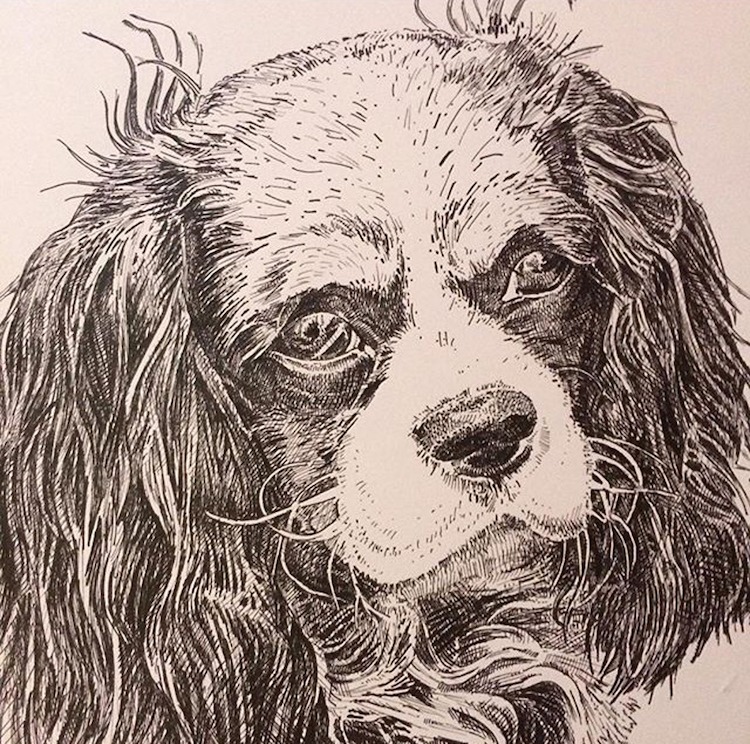
Stage 2: Digital manipulation of the various images in Adobe Photoshop.
Stage 3: Sending away the file to CAT Digital in Glasgow to be printed on silk satin crepe.
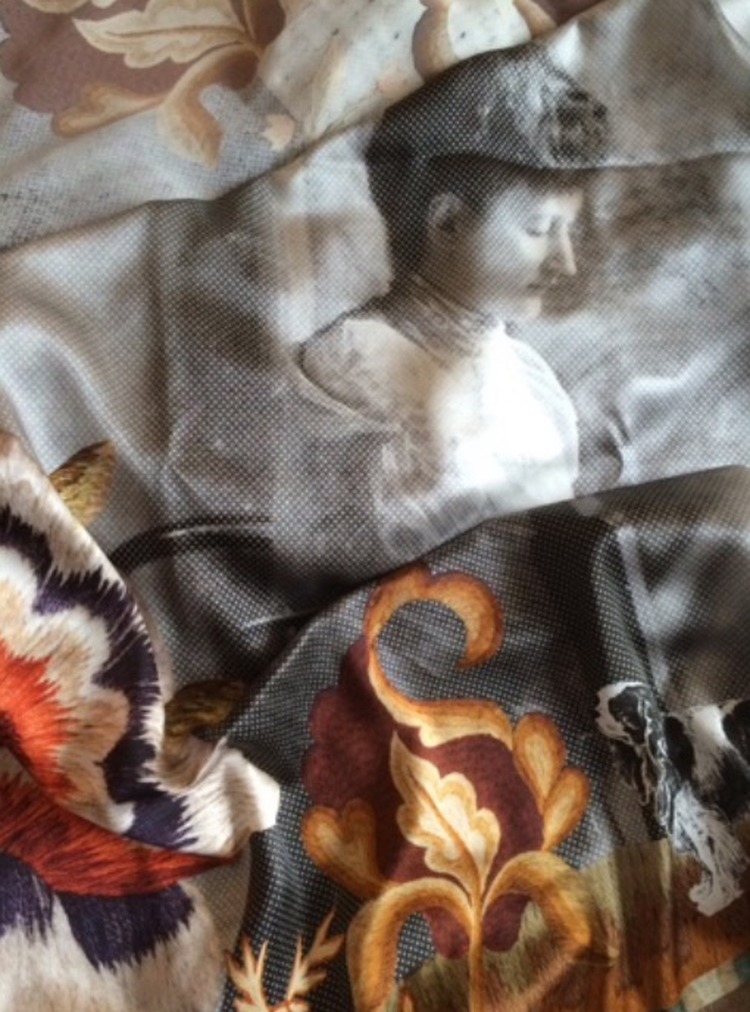
Stage 3a: The most important bit! Go to Corfu for two weeks of deep fat frying by a pool to take away the stress of having sent off this huge file without really knowing what would come back.
Stage 4: When I returned two weeks and £220 later, I hand embroidered the image of the dog on the back. Using the print as a guide and working with random loose straight stitches in 4 tones of black/grey/cream and varying the number of strands. I’m very immediate with sewing. It’s a drawing through a needle. I had a hoop clamped to an old chair and commandeered Dad’s place in the front room, loaded up a rake of box sets on the TV (with interruptions for Mum’s soap operas) and sewed till my fingers hurt… a lot.
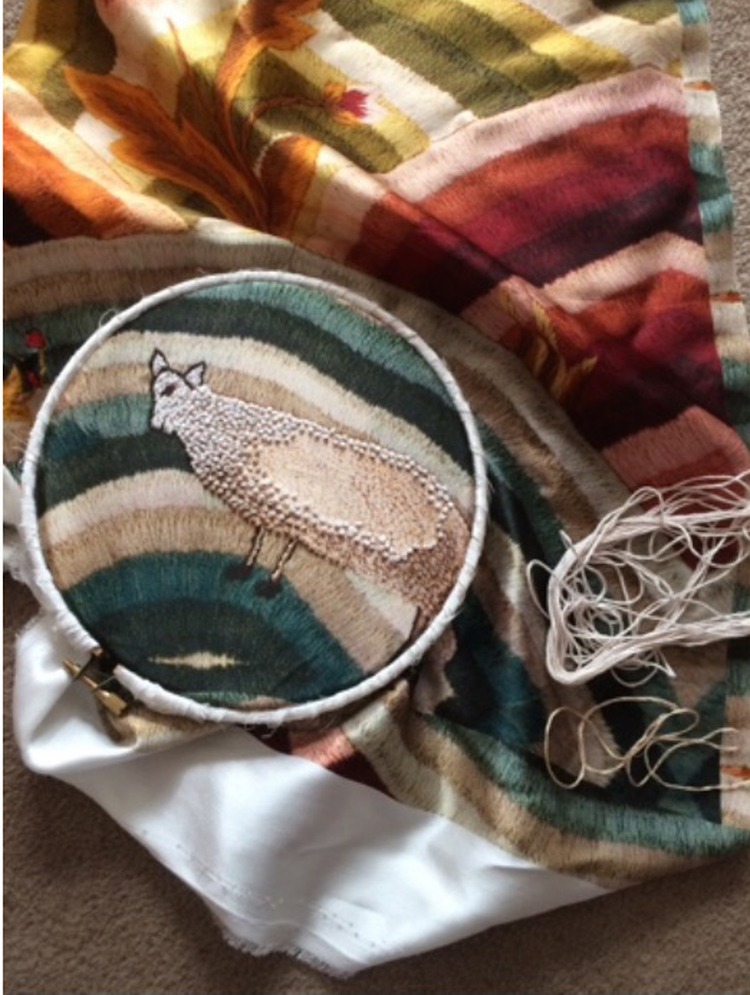
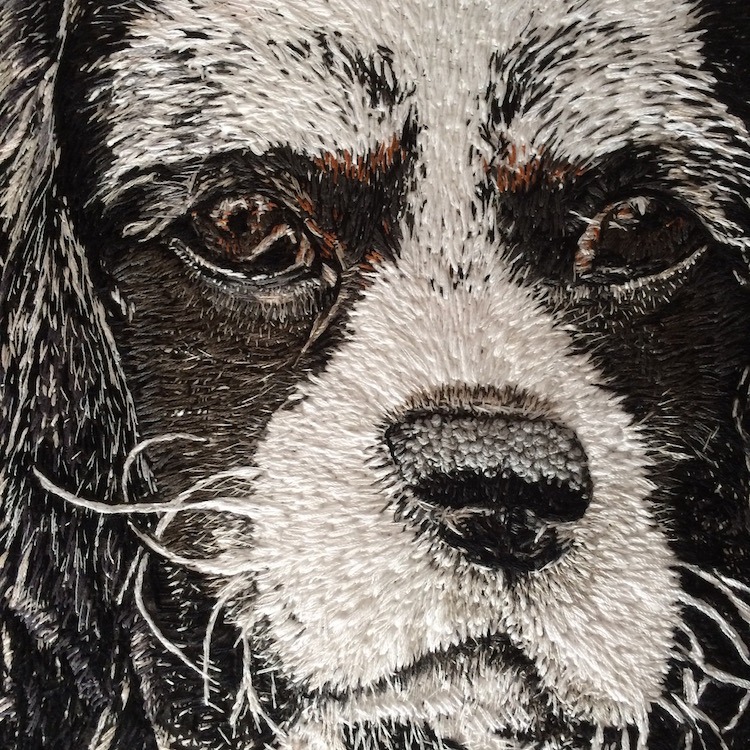
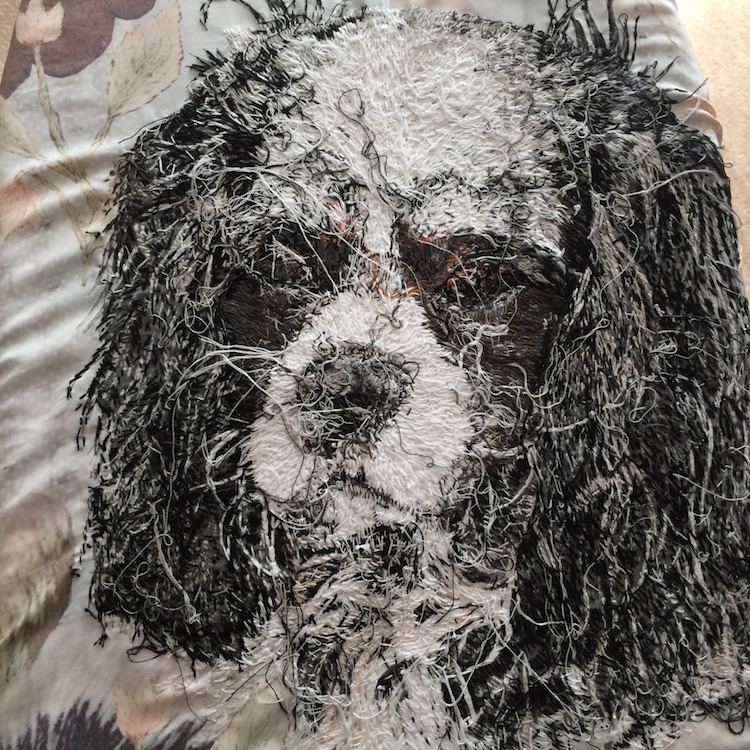
Stage 5: Then it came to tacking the sandwich of silk, cotton muslin and polyester taffeta together before beginning the quilting.
Stage 6: I don’t like wadding. YUK. I love differential shrinkage, a technique we used in our book to make 2 different jackets. The principle is that you make a fabric sandwich, The middle layer being more loosely woven (the cotton muslin) which will shrink when washed, forcing the outside layers to puff up. I used free machine embroidery to outline the motif shapes. I had planned on the orange lining have self coloured stitching, but machine tension was just never going to let that happen and I decided a mid grey would actually emphasise the shadows. I did a few test bits and then started the two sleeve pieces first to get a feel for it before tackling the big 4 meter long piece.
The sewing took forever. The machine broke, I just couldn’t get my mojo together, college started and I couldn’t face it in the evenings and every weekend had other priorities. Time was running out, panic set in. Locked in the spare room on the machine I got through 17 black and white films while I sewed. Working with a 7-inch hoop to get the tension, but having to reframe every few minutes. This was not a labour of love, more gritted teeth and chewed nails.
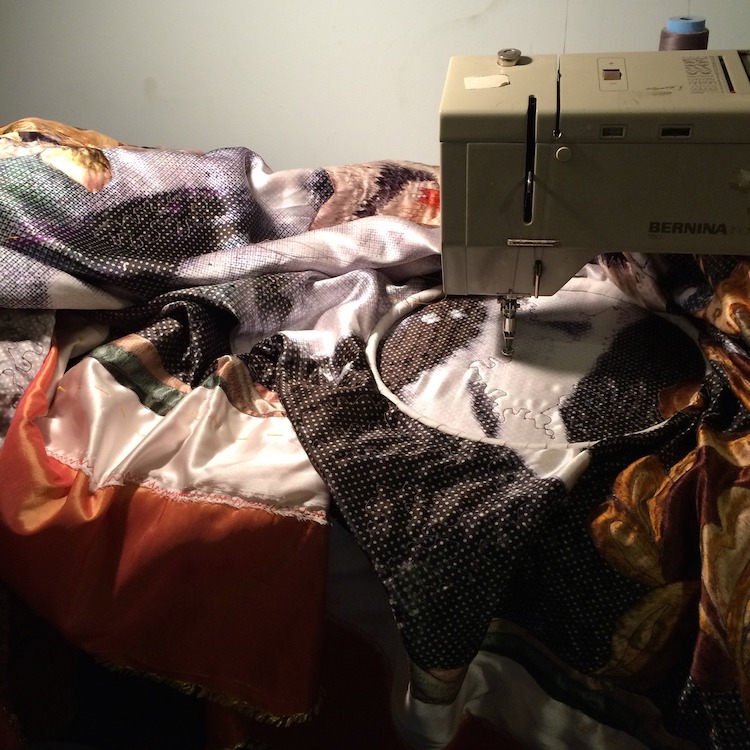
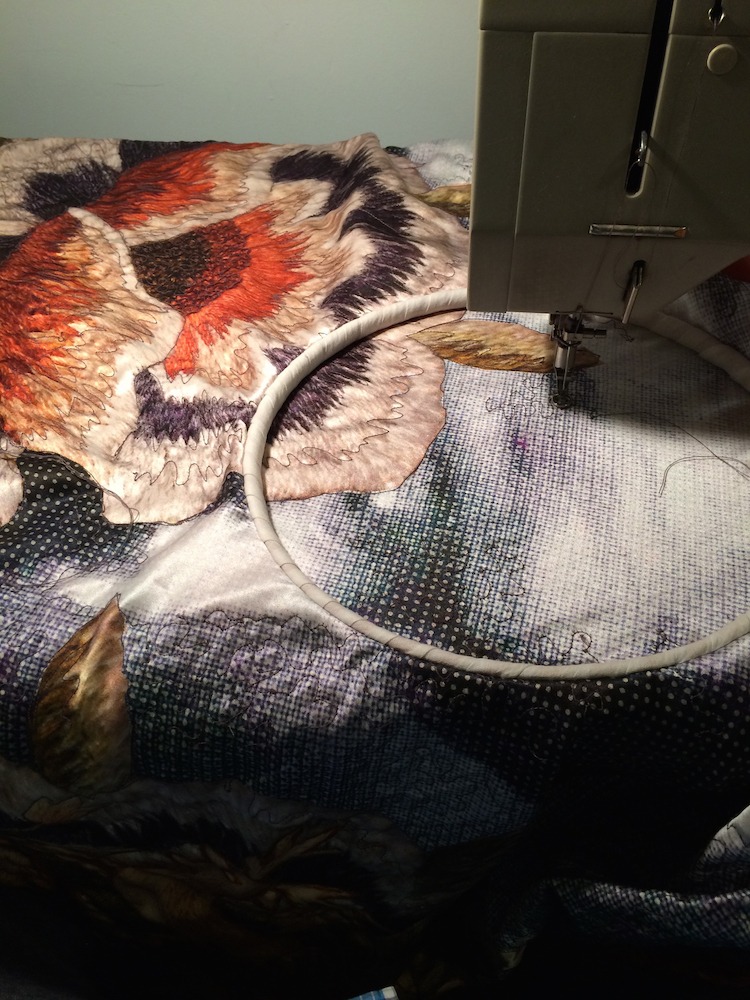
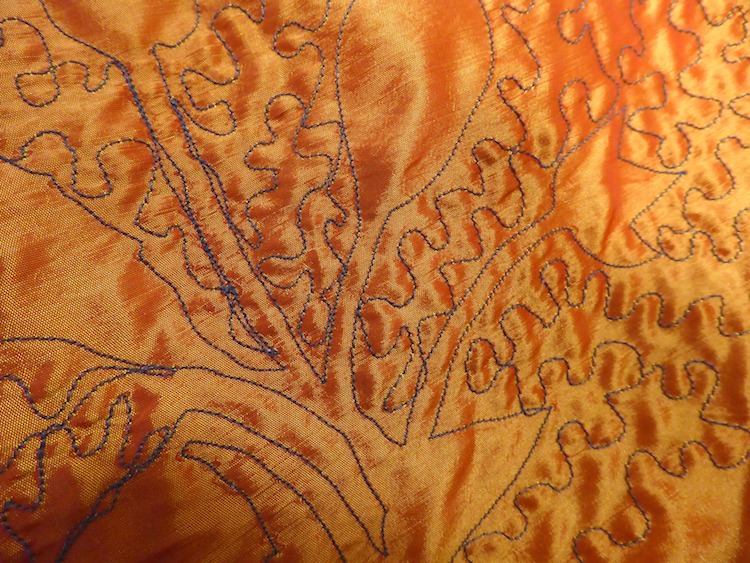
Stage 7: The longest hour of my life was spent watching the coat in the washing machine, 12 colour catcher sheets in there with it… ‘Just in case’ and a heart stopping moment when you take it out. Checking it didn’t ruin the print or all the stitching come undone. We all have those anxious moments even though everything tells us it will work perfectly.
Stage 8: Shaping this long rectangle and two tubes for sleeves into the form of a coat. Playing with this great lump of cloth on a stand , listening to how it wanted to turn into a garment. Making surgical incisions to create shoulders and sleeve holes.
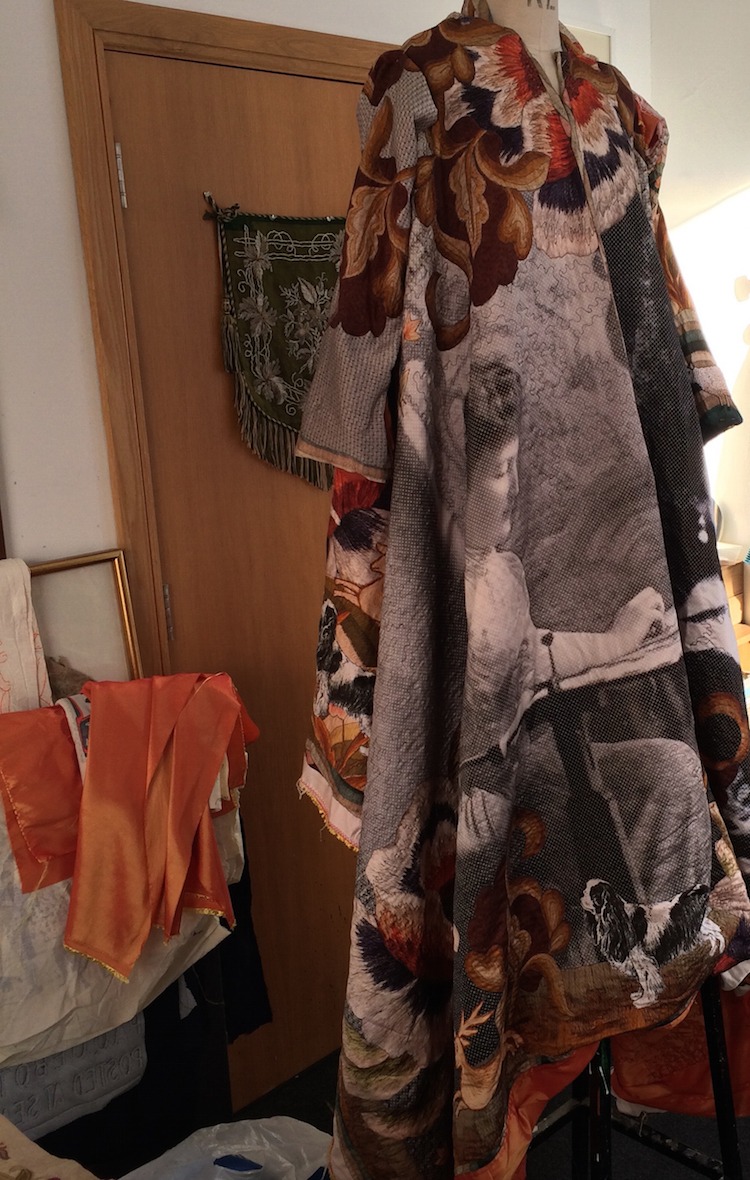
Stage 9: Then the coat had to go back to the UK on a rainy Saturday in October whilst my aunt did the magic sewing. My binding is not the best. Wibble-wobble stitching would be a shame when there is a genius at hand in the form of my Aunty Linda.
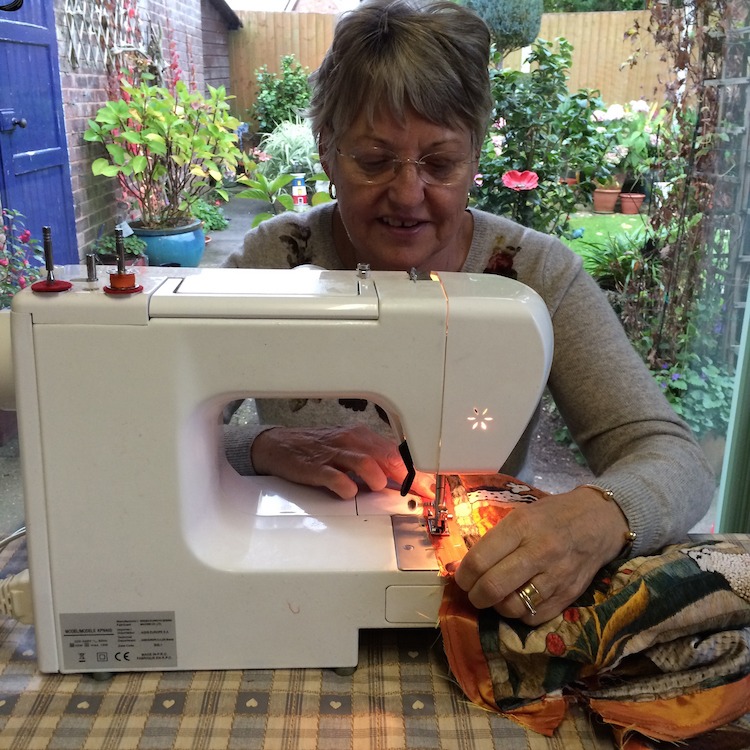
After a brief tutorial from my mother (she does always know best) I re thought the shoulder shaping and together we reached a far happier fit and construction. Teamwork is a great thing!
Stage 10: All that remained was 12 meters of hand hemming, slipping the inch wide printed border of the print up to create a lovely finish inside for when the coat swooshes about!
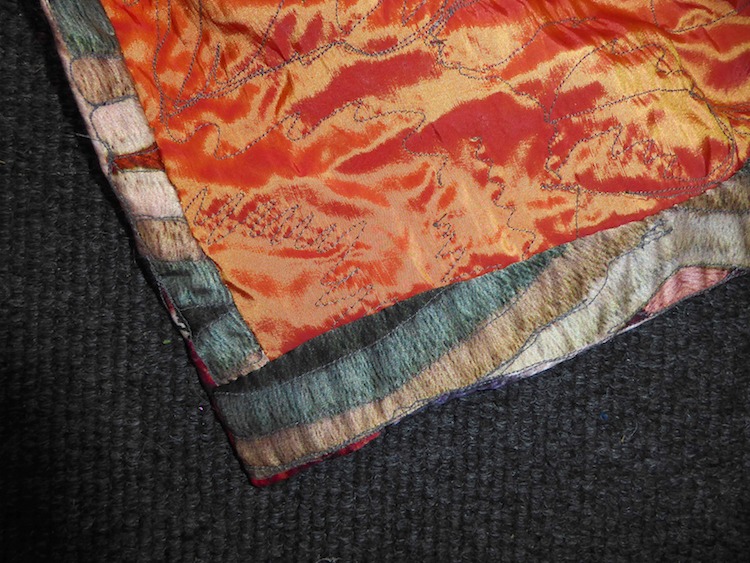
VOILA
80 man-hours later – over nearly 4 months and breaking 2 sewing machines – it was finished!
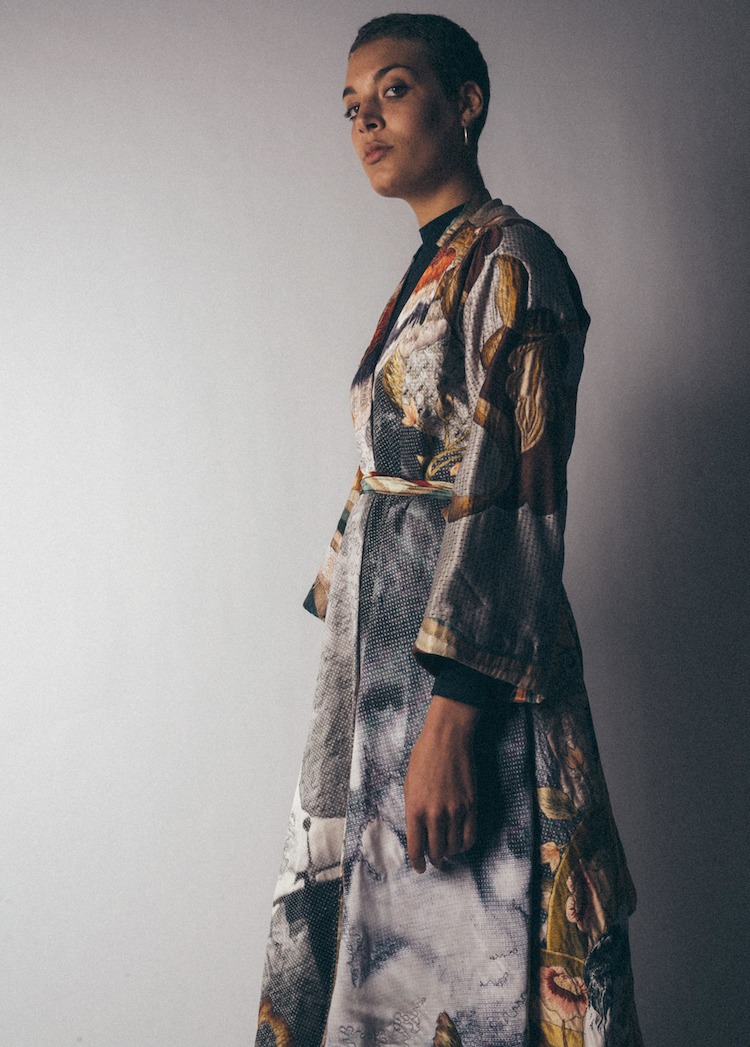
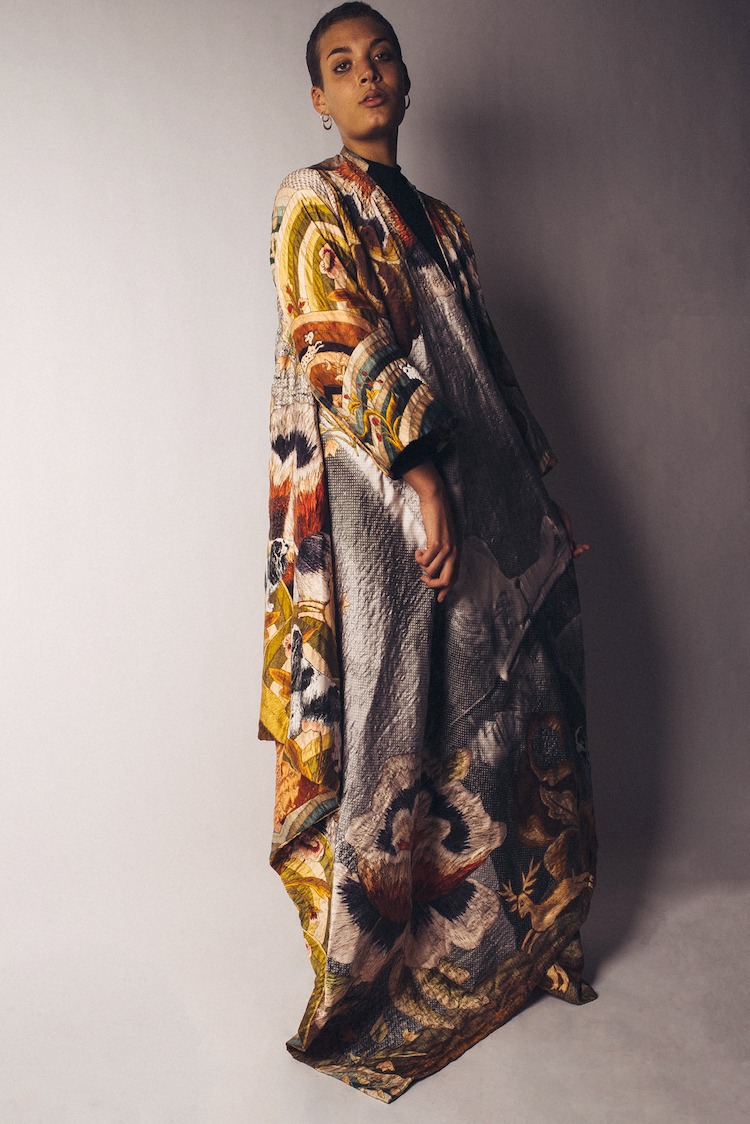
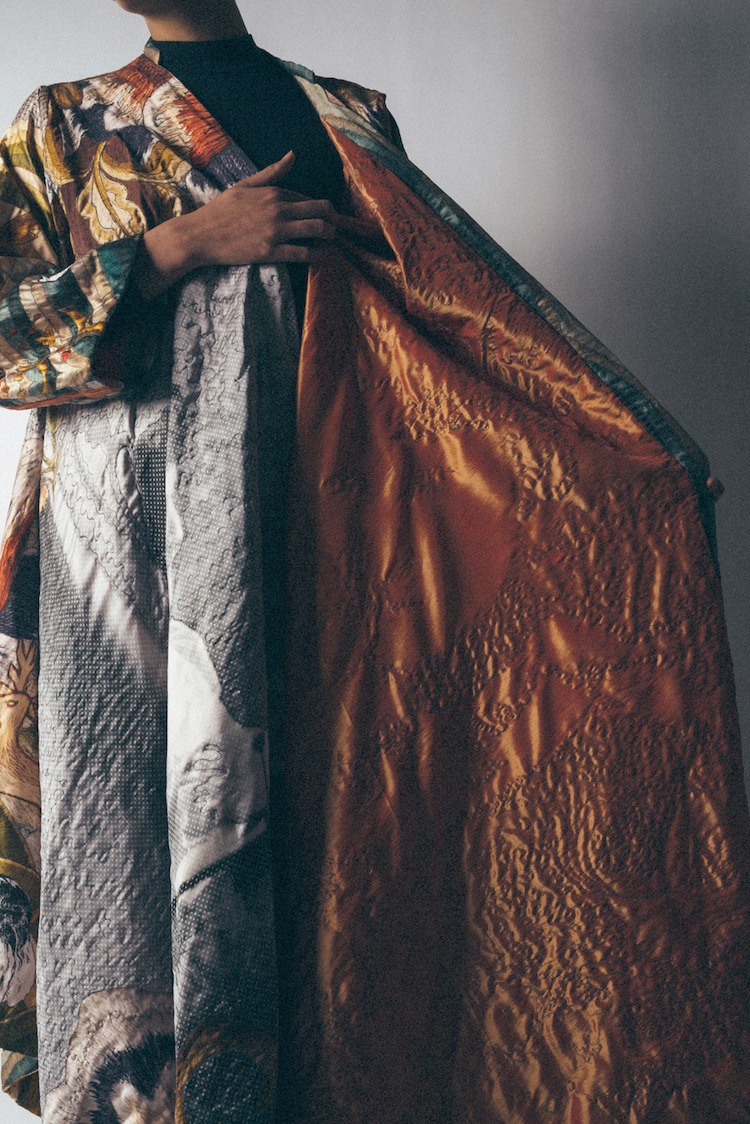
Have coat, will travel
What journey has the piece been on since its creation?
At the time of writing this it hasn’t gone anywhere yet, just to be photographed by an amazing student called Du Jingze check out his Instagram account @kooqy, or website.
I anticipate showing the coat at the Spring Knitting and Stitching show the first weekend of March 2016 in Olympia, London as part of my ‘the Forest of Arden’ exhibition.
It may well feature at the NCAD Embroidery fashion event on May 12th 2016 at the Chocolate Factory, Kings Inn Street, Dublin 1.
Of course I’m open to offers if anyone can suggest anywhere.
Contact Nigel on ei.dacn.ffats@nyenehc in April for details and ticket information.
For more information visit: www.nigelcheney.com
If you’ve enjoyed this article, why not share it with your friends on Facebook using the button below?
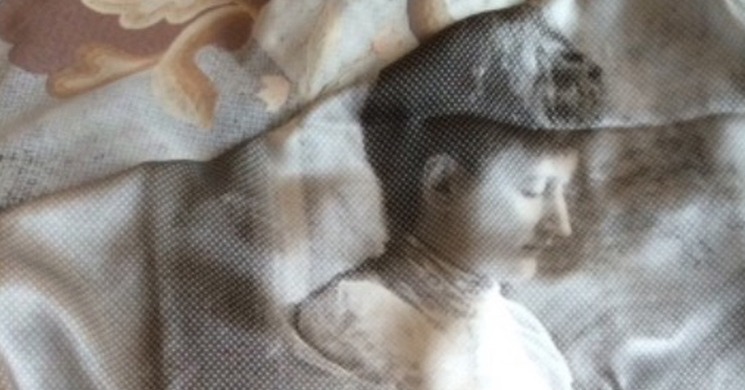
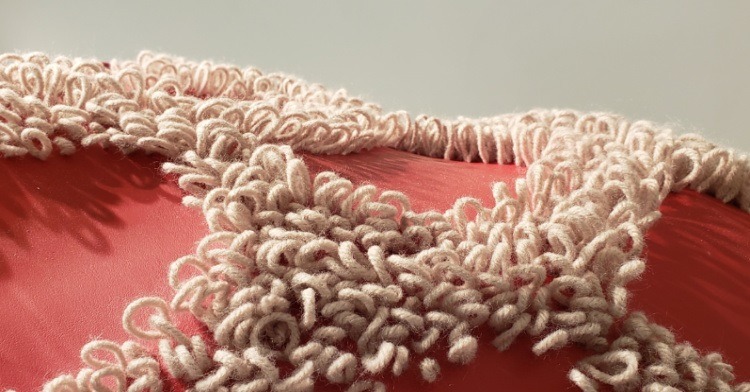
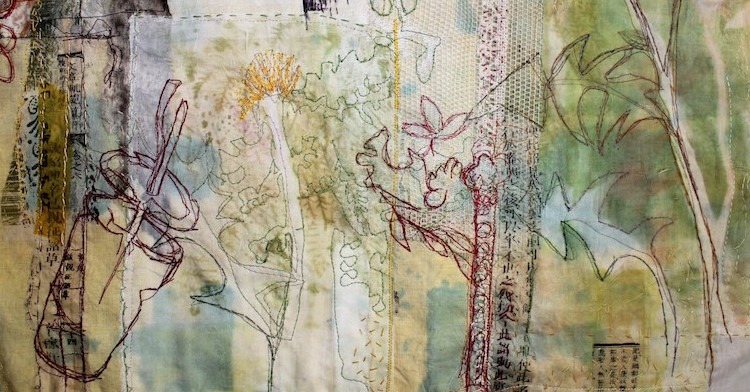
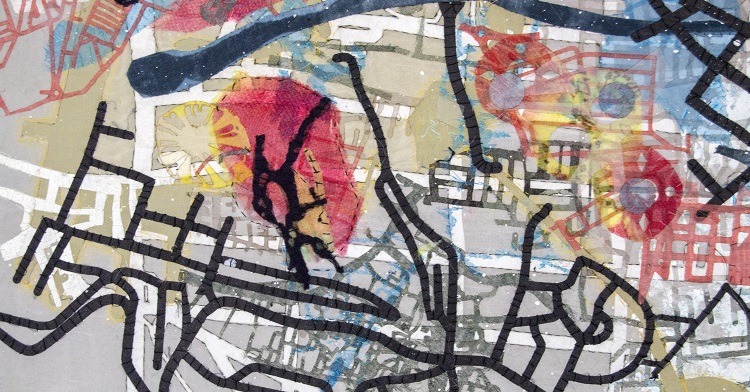
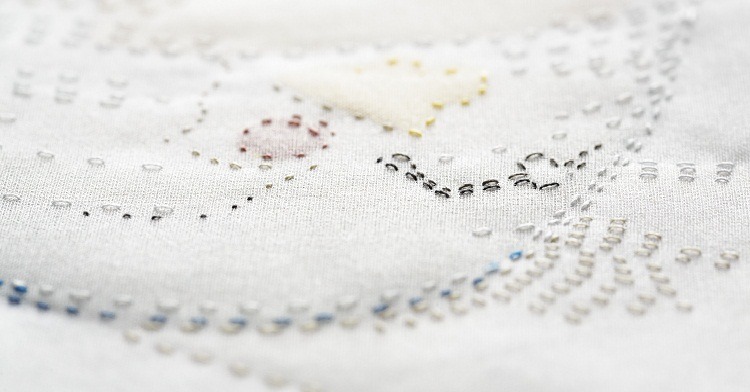
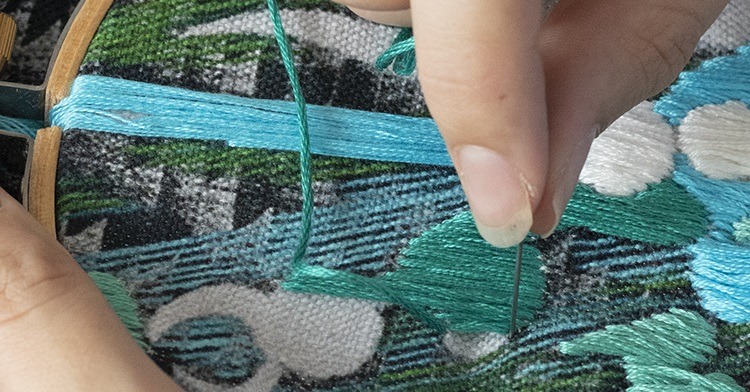
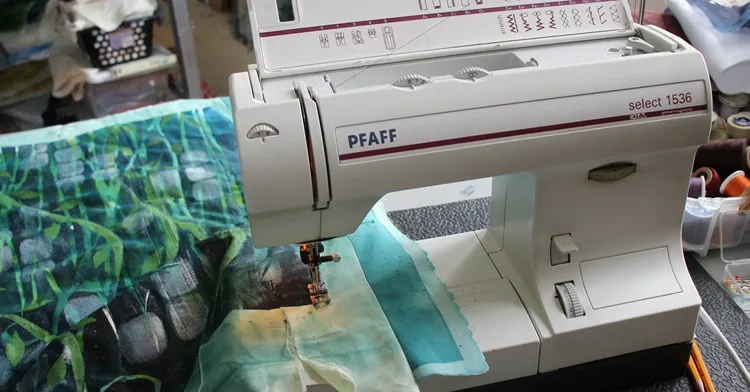
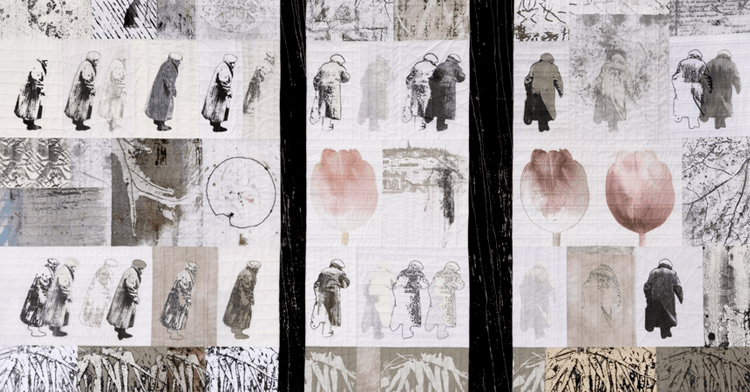
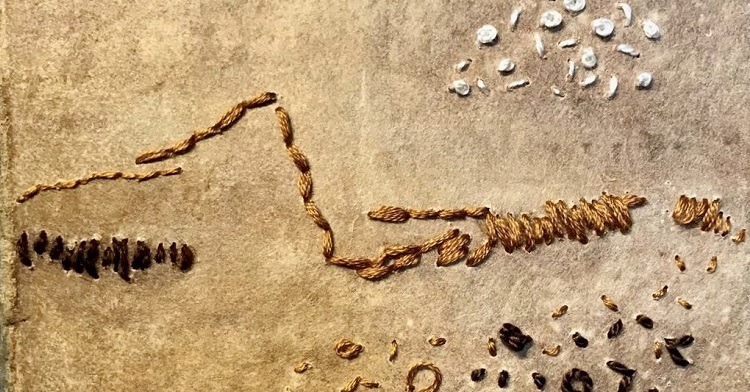
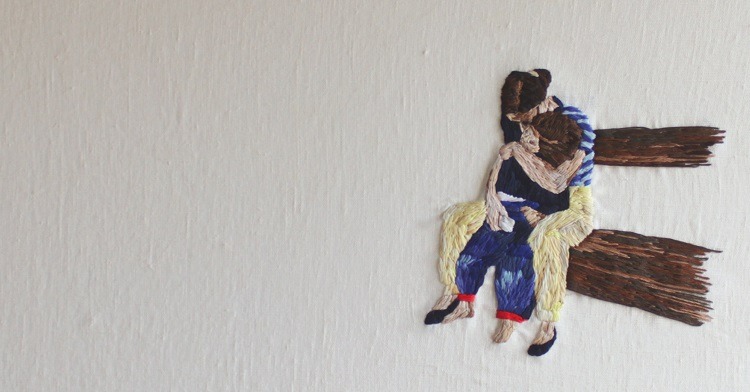
6 comments
Kathy Hawkins
Fabulous reading, thank you for sharing so much about your art and your process – truly inspiring! You draw animals beautifully, and then to turn that into a stitched work that has such character is just amazing. I am in Australia, and wish I was closer to see some of your work in real life. Thanks for this article.
Cas Holmes
Hello Nigel
I love that you are not ‘precious’ about the machine process. You work is energetic and full of movement. A lovely blend of the new tech and the hand made. It is the ‘doing’ that matters. I have acquired three Berninas. 2 swapped for artwork or services and one I found in a skip. I work them to extinction but they hold up well. I would love an industrial Bernina…old one not new.
Janet Beard
Wow. Wow. Wow!!! My name is Janet Beard nee Lethbridge. I just found this absolutely fascinating reading. I live in Victoria, Australia. I do a little embroidery but mostly patchwork and quilting. Will now be looking into our ancestry! I just loved the Coat for the Lethbridge Sisters by Nigel. Just amazing!
Tilleke Schwarz
Great , interesting article from a great guy! Love the way he always includes relatieves in what he does.
Sunnie
Oh, how I felt your anxiety at Stage 7! I have also washed with 12 Color Catchers ( I’m in the US), praying every moment!
Thank you also for the picture of the back of the dog embroidery…always makes me feel better to see reality than some forgotten teacher nagging about “the back should look as neat as the front!”.
Loved this article!!!
Val
Fascinating post on your process and the finished result was amazing.